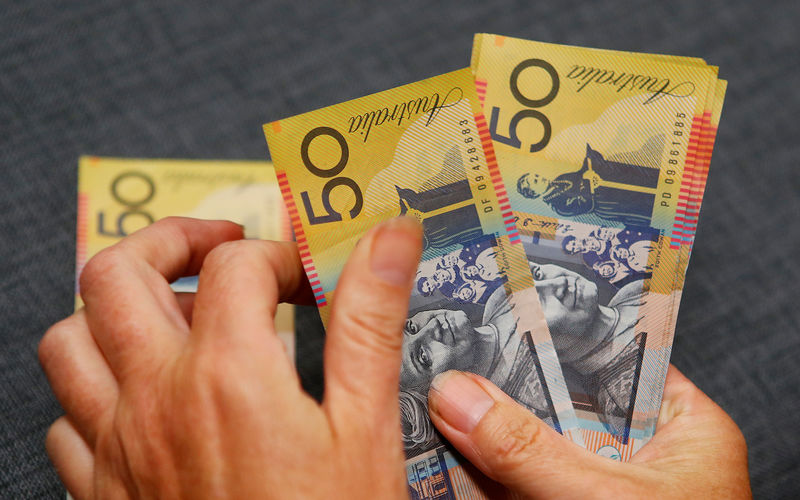Asian currencies edged lower on Wednesday, extending their subdued trend as investors remained cautious ahead of impending U.S. trade tariffs, while the Australian dollar held steady after softer inflation data reinforced expectations of future interest rate cuts.
The US Dollar Index, which measures the greenback against a basket of major currencies, ticked 0.1% higher to 104.28.
The dollar remained near a three-week high and has shown range-bound movement this week.
Asia FX extends marginal moves as Trump tariffs loom
U.S. President Donald Trump is set to impose reciprocal tariffs on April 2. Investors are exhibiting caution due to concerns that these tariffs could disrupt trade flows and economic stability in the region.
This apprehension has led to marginal movements in Asian currencies, as market participants adopt a wait-and-see approach ahead of the tariff implementation.
However, media reports over the weekend suggested that President Donald Trump plans to implement a more selective approach to reciprocal tariffs starting next month.
Instead of broad industry-wide levies, Trump’s administration is expected to focus on countries with significant trade imbalances with the U.S.
Despite this, investors remain on edge, balancing optimism from potential tariff exemptions against the overarching uncertainty of U.S. trade policies.
The Chinese yuan’s both onshore USD/CNY and offshore USD/CNH pairs, inched 0.1% higher.
The South Korean won’s USD/KRW pair also ticked up 0.1%.
The Japanese yen’s USDJPY pair rose 0.4%. Bank of Japan Governor stated Wednesday that interest rates must rise if sustained food price hikes trigger broader inflation.
The Singapore dollar’s USD/SGD pair gained, while the Philippine peso’s USD/PHP rose 0.3%.
The Indian rupee’s USD/INR pair was largely unchanged.
Australia CPI inflation cools in Feb, supports rate-cut bets
Data on Friday showed that Australia’s consumer price index (CPI) rose by 2.4% in the year to February, against expectations it would remain steady at 2.5%.
This marks the lowest monthly inflation rate since October and aligns with the Reserve Bank of Australia’s (RBA) target range of 2-3%.
The trimmed mean inflation, which excludes volatile items and is closely monitored by the RBA, also declined to 2.7% from 2.8% in January.
This moderation in inflation has bolstered expectations for potential rate cuts by the RBA in the coming months.
The RBA had previously reduced the cash rate to 4.1% in February, marking the first cut in over four years. The consistent inflation rate supports the case for additional rate cuts.
The Australian dollar’s AUD/USD pair was largely muted, in line with the broader market.
Thai PM Paetongtarn survives no-confidence vote, baht drops 0.5%
Thai Prime Minister Paetongtarn Shinawatra successfully overcame a no-confidence vote in parliament on Wednesday, securing support from 319 out of 488 lawmakers present.
Despite opposition criticisms regarding her qualifications and alleged familial influence, this outcome underscores the stability of her ruling coalition.
The Thai baht’s USD/THB pair jumped 0.5%.




